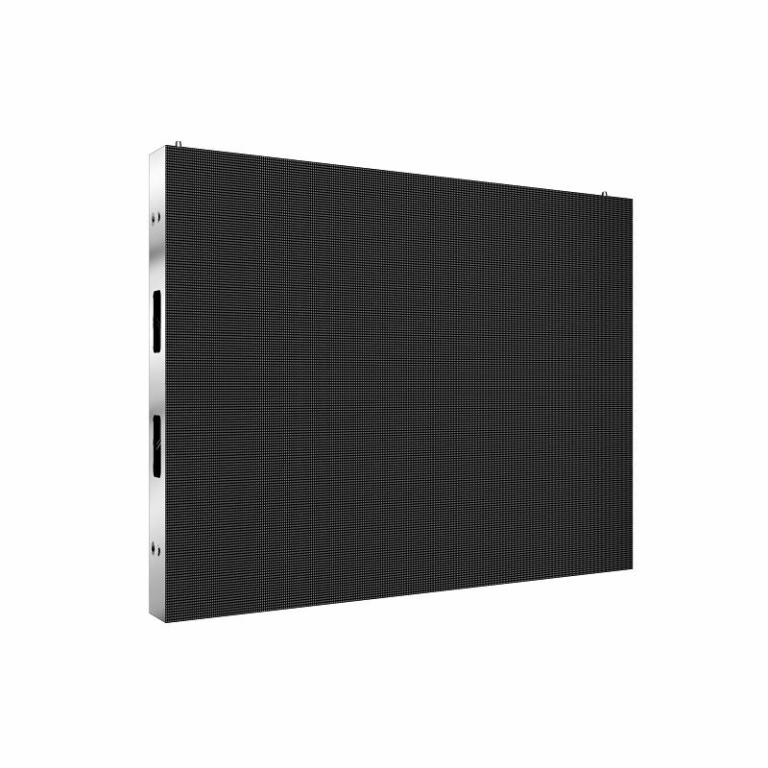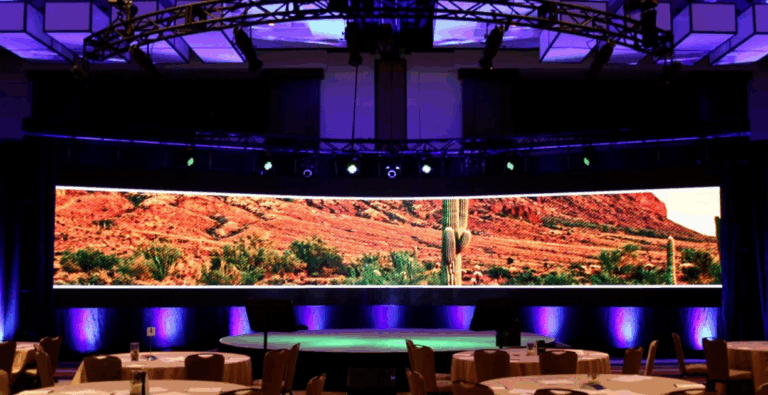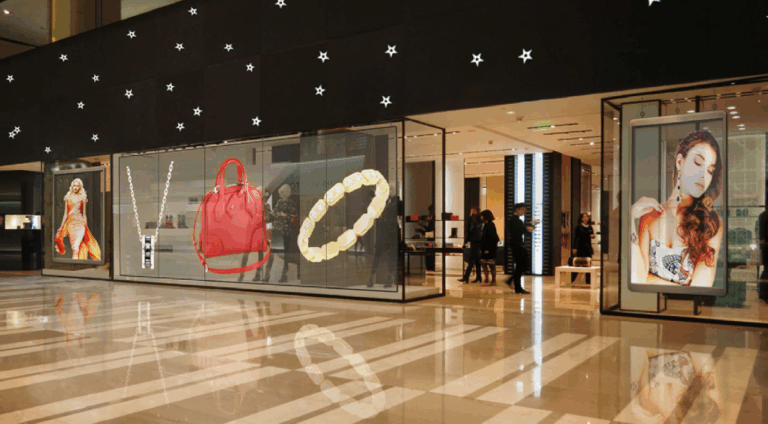Table of Contents
-
What Is an LED Virtual Production Studio?
-
How Digital LED Technology Is Reshaping Film and Advertising Production
-
LED Wall vs. Traditional Green Screen: 5 Key Advantages
-
Core Components of an LED Virtual Production Studio
-
Advantages of LED Virtual Production Studios
-
How to Build a Professional LED Virtual Production Studio
-
Conclusion
As LED technology, real-time rendering engines, and virtual filming systems continue to merge, the concept of the “LED Virtual Production Studio” is transforming the way films and commercials are created. The traditional workflow—green screen shooting plus post-production compositing—is being rapidly replaced by more immersive, efficient, and realistic LED virtual production technology.
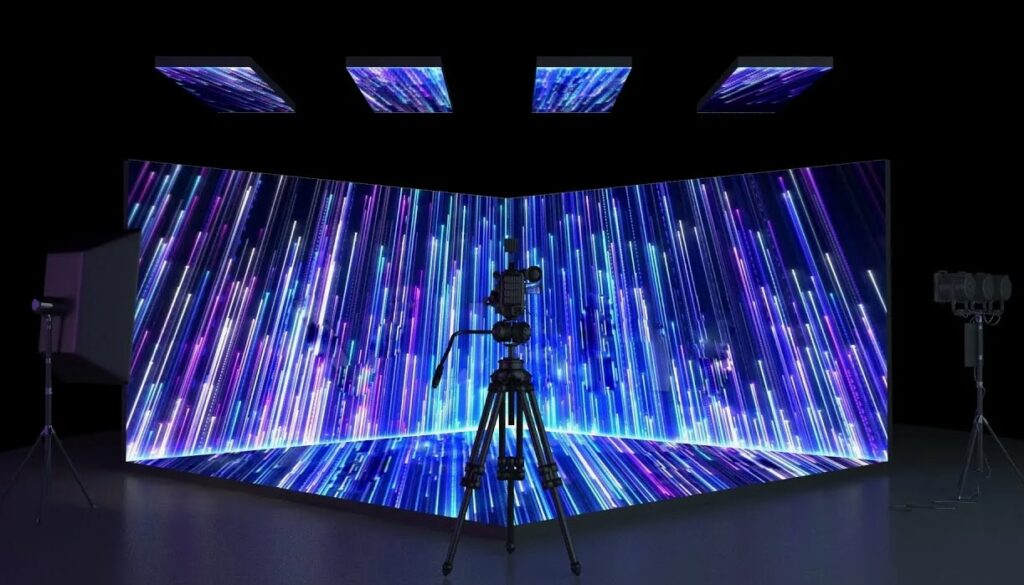
This article provides a comprehensive breakdown of what an LED virtual studio is, how it’s built, its advantages, and key industry trends.
1. What Is an LED Virtual Production Studio?
In simple terms, an LED virtual production studio is a film set equipped with advanced LED display technology. Instead of relying solely on traditional green screens or physical sets, it uses massive high-resolution LED screens to display realistic virtual environments in real time.
Imagine actors no longer performing in front of a green cloth, but standing right in the middle of a bustling city, a magical forest, or even a spaceship—rendered in real time by LED walls.
At the heart of this setup is the use of LED screens as dynamic, interactive backgrounds, combined with real-time computer graphics rendering and camera tracking systems to seamlessly integrate virtual worlds with live-action filming. It’s essentially a “flexible, real-time film set” that can switch scenes instantly, vastly enhancing production efficiency and creative freedom.
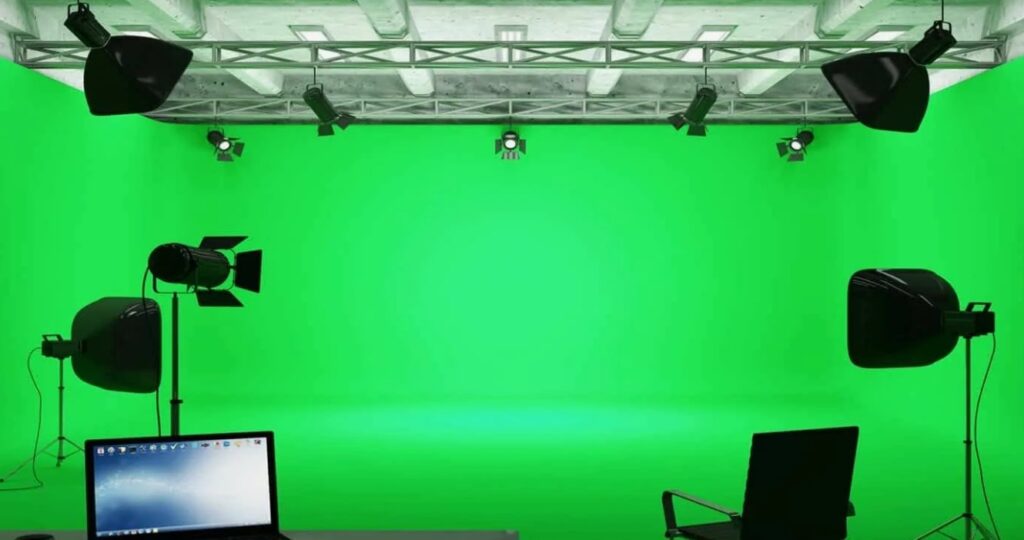
2. How Digital LED Technology Is Reshaping Film and Advertising Production
Traditional film and commercial production—especially for scenes with large-scale environments or complex effects—often requires expensive location shoots and extensive post-production. LED virtual studios are driving a new paradigm shift:
-
Real-time shooting and preview: Directors can view the final visual effect on set, improving communication and decision-making.
-
Cost savings: No need for frequent location shoots or large-scale physical sets.
-
Unleashed creativity: Simply swap virtual environments in Unreal or Unity to instantly jump from desert to city to ocean or outer space.
According to a MarketsandMarkets research report, the global virtual production market (including LED studios) was valued at $2.6 billion in 2023 and is projected to reach $5.4 billion by 2028, with a CAGR of 15.8%.
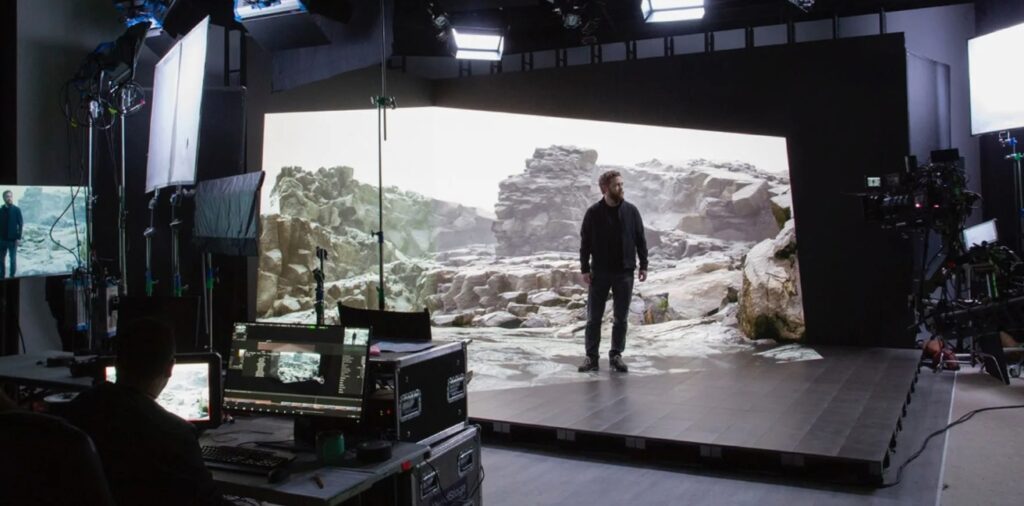
3. LED Wall vs. Traditional Green Screen: 5 Key Advantages
| Comparison Aspect | Traditional Green Screen | LED Virtual Production Studio |
|---|---|---|
| Real-time preview | No, relies on post-production | Yes, virtual scenes visible on set |
| Light and shadow realism | Unnatural, prone to green spill | Real light sources, accurate colors |
| Post-production workload | Very high | Greatly reduced |
| Filming flexibility | Relies on props and post-work | Highly flexible, instant scene switch |
| Immersion and performance | Requires imagination, limits acting | Real-time interaction, natural acting |
4. Core Components of an LED Virtual Production Studio
a. LED Display Wall – The core medium for rendering virtual backgrounds.
-
Specifications: High resolution (4K or higher), high refresh rate, high brightness, high contrast, and wide color gamut are essential for vivid detail, accurate color, and minimizing moiré on camera.
-
Curved vs. Flat: Curved LED walls offer enhanced immersion and perspective realism for large scenes, while flat LED walls are more flexible in shape and easier to maintain. Choice depends on use case and budget.
b. Virtual Production System (e.g., Unreal Engine) – The brain behind the virtual scenes.
-
Description: Real-time rendering engines like Unreal Engine or Unity generate virtual environments based on camera movement and angles. These engines deliver photorealistic visuals and provide powerful toolsets for virtual scene creation.
c. Camera Tracking and Synchronization – The bridge between the physical and virtual worlds.
-
How it works: Sensors or markers attached to the camera track its position, angle, and movement in real time. This data syncs with the virtual production system to update the LED wall visuals, creating a realistic effect of the camera moving through the virtual world.
d. Lighting and Audio Integration – To seamlessly blend virtual and real elements.
-
Purpose: Lighting systems complement the LED visuals to unify the lighting environment. Audio systems provide real-time sound feedback to enhance actor immersion.
5. Advantages of LED Virtual Production Studios
-
Real-time rendering and preview: Shortens production time and reduces post-processing costs.
-
Lower location shooting costs: Cuts transportation and on-site production expenses.
-
Creative freedom and repeatable scenes: Virtual environments offer endless possibilities and can be reused or modified instantly.
-
Eco-friendly: Compared to building and dismantling physical sets, virtual production is more sustainable.
6. How to Build a Professional LED Virtual Production Studio
a. Budget and Procurement Advice
-
Budget planning: Include costs for LED screens, virtual production software, tracking systems, lighting, audio, and facility upgrades.
-
Vendor selection: Choose suppliers with proven reputations and strong technical capabilities. Compare quality, support, and service.
-
Small-scale studios (e.g., commercial shoots/interviews): Starting around $80,000
-
Medium to large-scale studios (e.g., film/metaverse content): Starting around $500,000
-
b. LED Screen Setup Process
-
Site preparation: Account for dimensions, load-bearing capacity, power supply, cooling, and wiring.
-
Structural installation: Needs a professional team to ensure stability and safety.
-
Calibration and testing: After installation, perform color calibration and surface alignment to ensure optimal display quality.
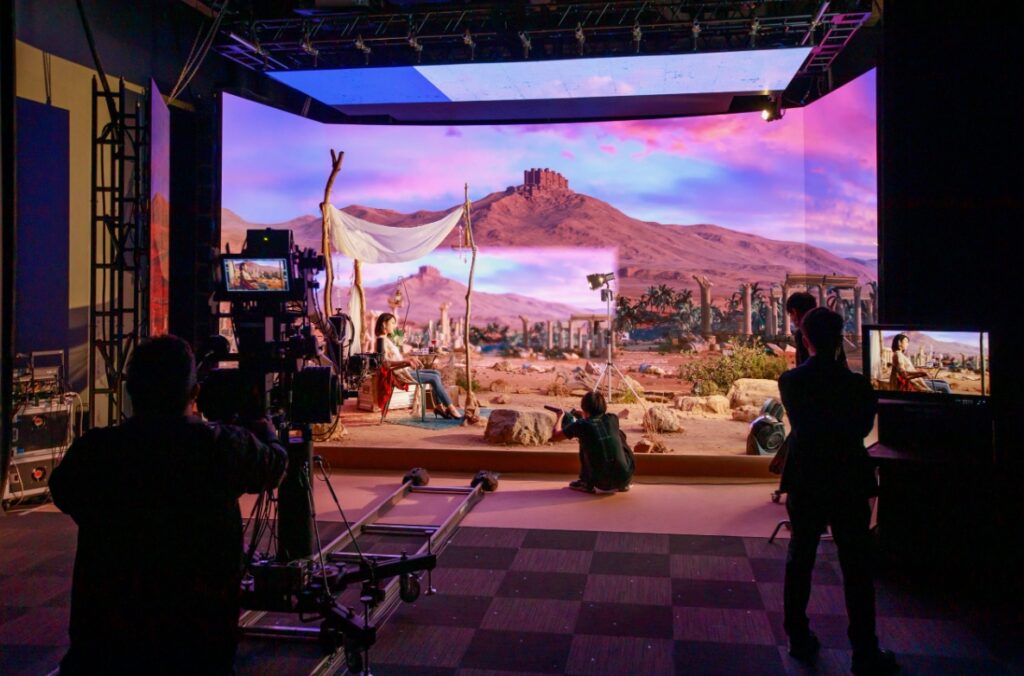
c. Equipment Selection and Brand Recommendations
-
LED screen brands: Consider reputable Chinese manufacturers like SoStron. Focus on pixel pitch, brightness, contrast, and refresh rate.
-
Virtual production software: Unreal Engine is the industry standard for real-time rendering.
-
Camera tracking systems: Brands like Mo-Sys, Vicon, and OptiTrack offer high-precision tracking solutions.
-
Lighting and sound: Choose professional-grade systems that match your studio size and application scenarios.
d. Content System and Post-production Integration
-
Content production team: Hire experienced designers and technical staff for virtual scene creation and management.
-
Post-production: While LED studios reduce post needs, some color correction and VFX may still be required. Ensure content systems are compatible with downstream workflows.
7. Conclusion
LED virtual production studios are fast becoming the “new standard” in film and advertising, not just for streamlining workflows but also for unlocking boundless creative possibilities. As costs continue to fall and technology matures, their applications will expand into brand marketing, content creation, and even virtual social experiences.
Thinking about building your own LED virtual production studio? Start by learning how to choose the right LED screen—or consult a professional system integrator for a tailor-made solution that’s hassle-free and efficient.


